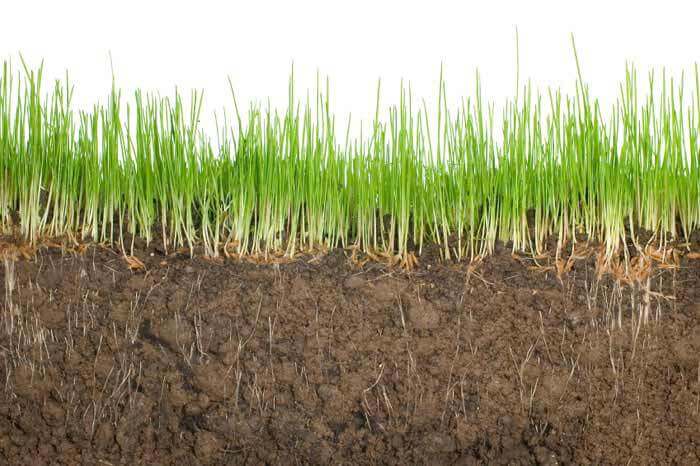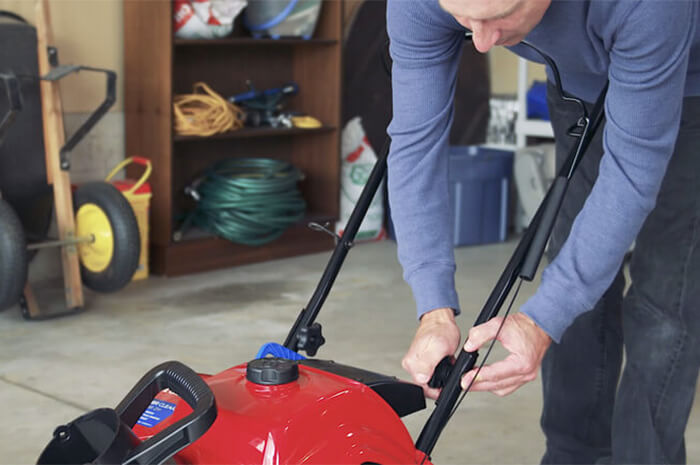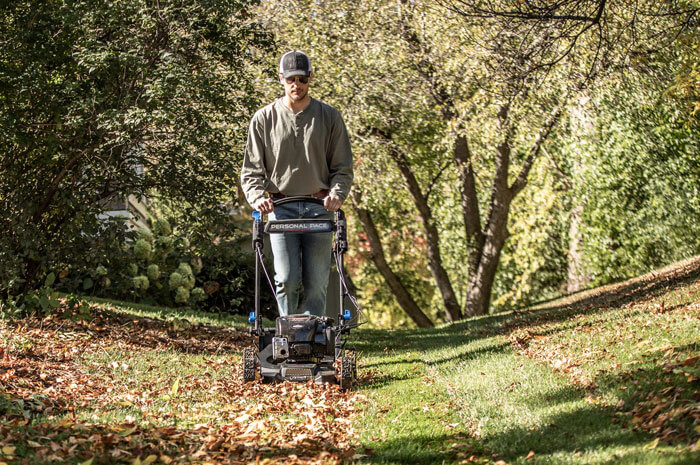
Why Test Lawn Soil?
The first step to a healthy lawn routine is understanding what your lawn soil is made of. All soils pose their own challenges. A lawn soil test will also indicate your soil’s current pH, macronutrients, and micronutrients that naturally exist in your lawn. Having this unique baseline data will tell you what to add to achieve the correct pH and nutrient levels. That data will let you know whether to apply soil amendments and which fertilizer to use.
PH is the amount of acidity or alkalinity in your soil. Soil testing will score it on a scale from 0-14. 0 is the most acidic, 14 is the most alkaline. The pH closely affects the availability of some of the macro and micronutrients, and plant growth. An unbalanced pH can play a part in pests, such as weeds, gaining a foothold.
Macronutrients are nutrients that plants need in greater quantities, such as nitrogen, phosphorus, and potassium. Macronutrients have the most impact on turf health and vigor. A warning, you can have too much of a good thing. An abundance of nitrogen can cause lawn diseases such as brown patch, beware of over correcting after soil testing.
Micronutrients such as iron and zinc are just as important to plant health as macronutrients. Grass simply requires these elements in smaller quantities.
How to do a Soil Test by Mail
If you’re going to test lawn soil, sending in a sample is the best way to get accurate, detailed results. For a fee, Cooperative Extension Services, typically affiliated with State Universities, will test lawn soil.
You can also search online for commercial soil laboratories or soil-testing labs. Different labs may have different instructions so be sure to follow the guidelines. You can collect soil samples at any time but the best time to do it is in the spring before you add any amendments.
How to Collect a Soil Sample
Follow these steps to collect an accurate soil sample.
- Use a clean, rust-free trowel to take samples from up to 10 areas of your lawn.
- Dig several holes in the lawn 6 to 8-inches deep.
- Take a slice of soil from one side of each hole, save 1- to 2-inches from the middle of the slice, and discard the sides, top, and bottom.
- Mix the samples, allow them to dry at room temperature, enclose a small fee, and send it all to the lab.
If your lawn has areas that range over various types of terrain (i.e., near water, rocky ledge, or imported topsoil),
request a separate sampling kit for each area. Otherwise, the lab may recommend doses of fertilizer or soil amendments suitable for one area but not for another.
Lawn soil test results will tell you what you need to add to your soil. If you have an acceptable lawn but are looking to improve it, you may spread the recommended materials over the lawn surface. If your lawn requires restoration, you should aerate the turf with a core cultivator after you have applied the amendments to the surface.
Do-It-Yourself Soil Test Kits
The costs for multiple lab tests, even with low fees, will add up quickly. If you need to do soil testing on more than four or five spots, you will probably want to buy your own soil test kit.
Kits are available at most garden-supply or hardware stores and range from about $7 for a pH tester capable of doing 10 separate tests. For about $20, you can buy a lawn soil test kit that also lets you test basic nutrients (nitrogen, phosphorus, and potash). More expensive kits are also available but no kit is a substitute for professional soil testing. Even the best kit will not tell you how much soil amendment to add to achieve desired pH or nutrient levels.
A kit is a great way to test several areas quickly to give you a general idea of your soil’s deficiencies. Once you have professional soil test results, a kit allows you to monitor the progress of the soil improvements you make.
How to Test Your Soil Using a Kit
- To test your soil, add the appropriate solution from the kit to a measured amount of the soil sample per the manufacturer’s instructions.
- Shake the solution well and allow the particles to settle.
- Match the color of the resulting solution with the color chart provided with the kit to determine pH or nutrient levels. The chart here suggests a pH of slightly more than 5 indicates acidic soil and the need for an application of lime.
Sample Test Report
Lab test reports can be confusing. Do not hesitate to call the source for help. The report will include maintenance recommendations, pH and nutrient readings, and indicates the amount of fertilizer to apply.
Let’s Get Ready for Lawn Soil Testing
Are you ready to find out what your lawn is made of? We hope this information on soil testing was helpful. When you’re ready to amend your lawn, don’t hesitate to come back for more help. Toro YardCare has plenty of information on fertilizing basics and lawn restoration. Whatever the season or the reason, Toro is happy to help keep you in the green.



